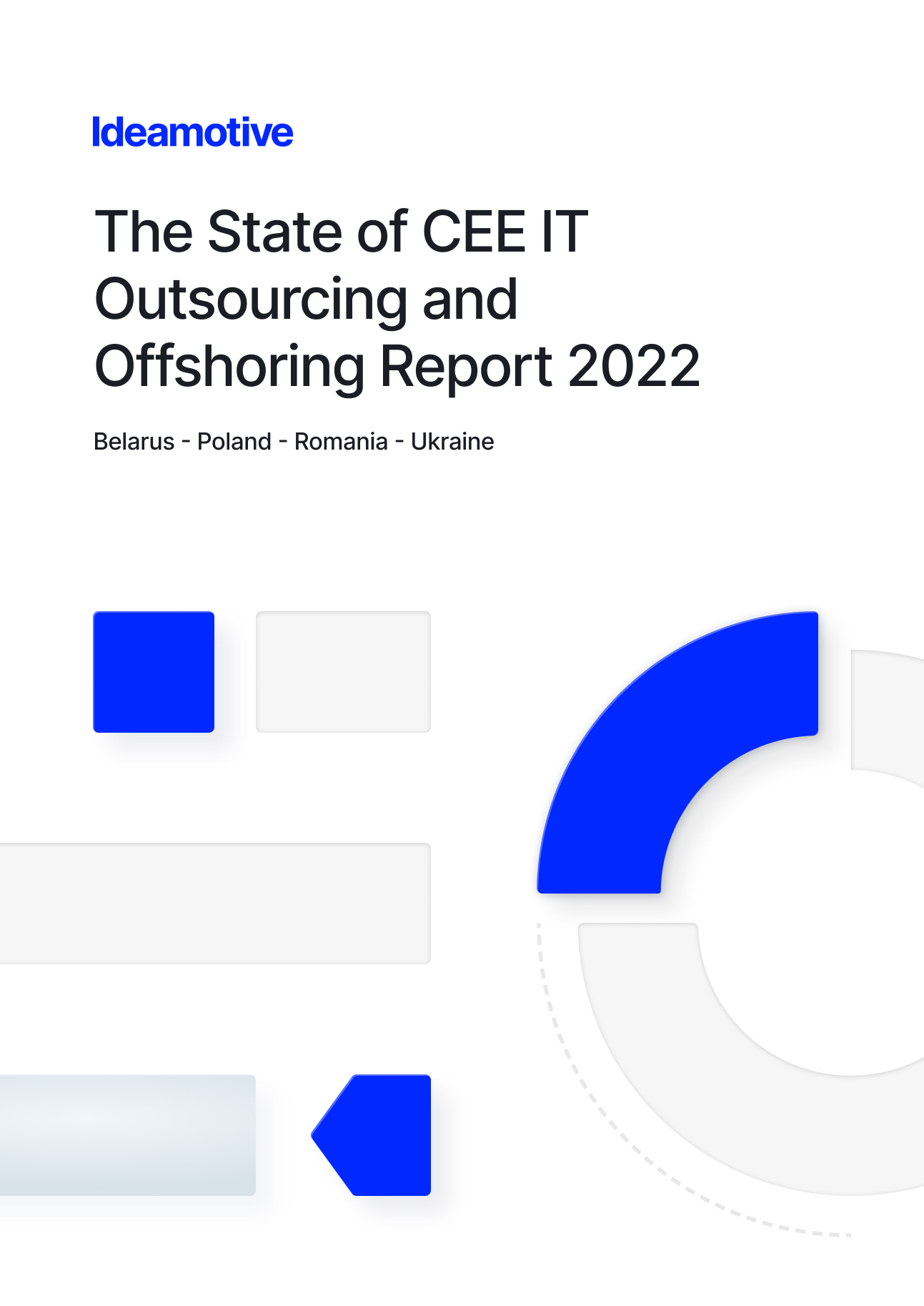If you ever had anything to do with startups, you must have come across this word. “Hypergrowth.” What is it? And what makes it so desirable?
We’re going to answer these and other questions about startup hypergrowth, share exciting examples of global unicorns (startups valued at over $1 billion) that nailed it and give you a few tips on how to avoid common growth traps.
First, let’s see what hypergrowth really means.
What Is Hypergrowth?
Picture this. You had your “Eureka!” moment and decided to jump into action and launch a digital product or service. You worked out the numbers and came up with the project budget, pitched your idea to investors, and obtained funding to launch a prototype. First, your entire team consisted of three people—you and two developers; with time, you added more programmers, QAs, managers, and even a product owner. Finally, you hit the jackpot! Your idea caught on. Now, cash is flowing steadily, sales are going through the roof. As a result, your CAGR (compound annual growth rate) climbs to 20%, 30%, 40%, and shows no signs of slowing down.
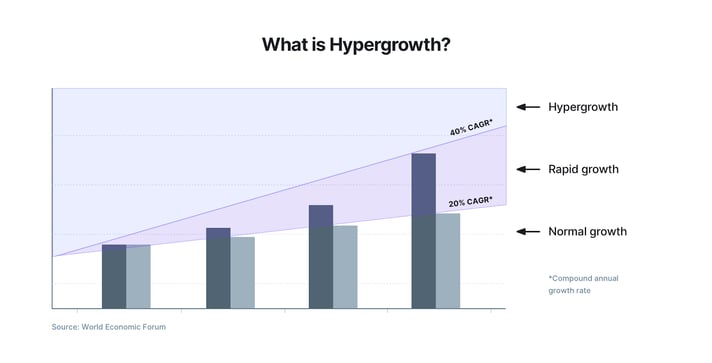
Congratulations! You have just joined the elite league of companies that reached hypergrowth. Feels nice, doesn’t it?
The World Economic Forum defines hypergrowth as the phase of startup expansion, where a company is maintaining an average annual growth rate of at least 40% for more than one year. This state usually doesn’t occur by accident but is a product of sustained, deliberate effort driven by a comprehensive growth strategy that involves business transformation and restructuring.
How Can You Achieve Startup Hypergrowth?
There’s no single recipe for success when it comes to achieving hypergrowth. Evidence shows that many startups need years before they gain momentum and reach the inflection point (just scroll down to see our examples of startup unicorns—some of them had a really long lead up before they triggered growth).
Still, while exponential (and sustainable) startup growth has many ingredients, we can identify certain commonalities that all insanely successful companies share. The first one is scalability through a repeatable business model that can be easily recreated in different geographical locations. The second factor involves technology that enables startups to realize undeveloped opportunities. Finally, there’s talent.
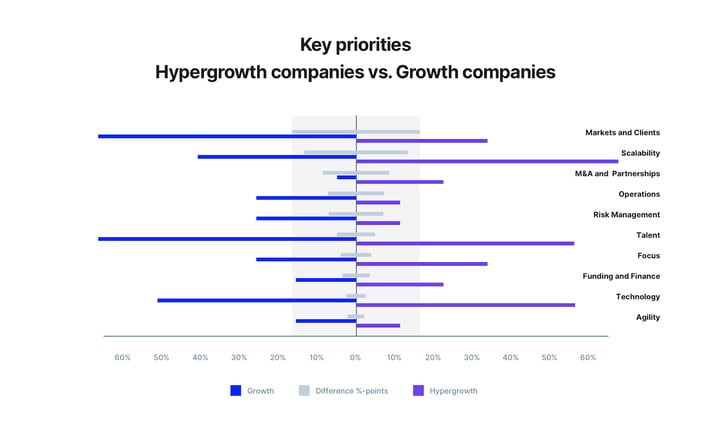
Scalability
In the startup context, hypergrowth equals the willingness and preparedness to scale. At the same time, premature scaling is among the leading causes of startup failures.
Without a consistent startup growth strategy that pursues sustained development of all core startup dimensions, many incumbent businesses fall victim to the “too fast, too soon” approach. Hungry for success, they grow teams out of proportion, overspend on product innovation, or pump dollars into marketing without securing the right product/market fit first.
So, how can startups know when the moment is right to scale?
- Any startup that has ambitions to scale must attain consistent profitability before making any moves. More importantly, it needs to understand exactly where its revenue comes from.
- Secondly, a business seeking growth must have established a tangible company ethos that all employees understand, agree with, and follow.
- It’s also essential to have a documented expansion plan in place, taking into consideration such factors as company goals, success indicators, rules of collaboration for remote teams, or employee onboarding and training procedures.
- A clear vision of technology and connectivity set up and costs is also essential before expanding any further.
- Finally, before scaling, startup founders must be confident in their core team. They need a trusted team of long-term employees who will set the right quality standard for remote or contracted workers as the business grows.
Technology
Hypergrowth is closely-tied to technology. Startups are harnessing innovations to catalyze growth not only through their own product or service disruption. They also use technology advancements to lower costs, keep teams connected, speed up time to market, and react to changes with speed.
- High-growth startups love the cloud. They choose cloud environments over self-hosted and shared data centers to avoid up-front investments, reduce spending on security, and tap speed, agility, and scalability they need to move fast.
- On the backend, startups most frequently choose PHP, Node.js, Ruby on Rails, Python, which run on flexible frameworks and provide rich library support to enable quick development of modern, scalable web and mobile solutions.
- When it comes to client-facing apps, JavaScript is the dominant language for startups seeking growth, with React and AngularJS being by far the most popular libraries. Their moderate learning curve, ease of run, and scalability perfectly match the agility and speed requirements of growth-minded startups.
- Hypergrowth companies are highly data-driven. They experiment with big data to gain precious insights that offer the right fit between their offerings and customer demand. Forward-looking startups also rely on AI solutions to enhance customer service, drive personalized marketing campaigns, streamline HR processes, and optimize other aspects of their business for higher revenue and profit margins, and greater agility.
Team
If you want to pursue hypergrowth, there’s no escaping increasing your team. To reach your vision, you’ll need people who demonstrate the growth mindset, learn new things quickly and are prepared to roll with the punches when new responsibilities and roles arise.
As high-growth companies expand, they can augment core employees with the skilled on-demand workforce, which is a cost-efficient and flexible solution to meet the dynamic recruitment demand. At different growth stages, organizations require different capabilities, matching their current size and strategy. Collaborating with a trusted talent resourcing partner allows them to secure long-term, on-demand access to skills that are unavailable on the local job market.
Through such partnership, it’s possible to fill in virtually every role, from software consultants, graphic designers, and copywriters, through HR and marketing managers and product owners, to business analysts and accountants. By liaising with a diverse team of professionals, developing businesses can dynamically adjust these resources in line with their existing demand. Along the way, they also avoid the massive overhead related to maintaining in-house staff.
Companies That Nailed Hypergrowth
The list of massively successful startups that reached the much-craved unicorn status is expanding. Slack, Mailchimp, Zoho, Airbnb, Uber—these are just a few most notable examples, but as of April 2020, the count of global unicorns has eclipsed 450.
Worth over $125 billion, ANT Financial, an online payment services provider, is the highest-valued startup unicorn. ByteDance, a Chinese online entertainment platform, comes second, valued at $75 billion. The third place (with the valuation of $65 billion) is occupied by Infor, a US-based enterprise software company.
Source: Statista
Whether it’s an online bank, a data management platform, or a fashion app, all of these companies have one thing in common—they have cracked the secret code to cultivate hypergrowth, though each one using a different strategy.
Bolt
Hypergrowth strategy: Offer an existing service to markets where it wasn’t available.
Bolt (former Taxify) is an Estonian ride-hailing service that started in 2013 as a taxi app. Founded by a 19-year old and funded through a family loan, now it’s one of the most successful startups globally, with 25 million customers in 30 countries. In 2018, when Bolt secured a multi-million investment from Daimler, Didi Chuxing, and several other businesses, making the owner, Markus Villig, the youngest unicorn founder in the world. To propel his company to hypergrowth, Villig leveraged an already existing idea in markets that were underserved by the main contestant—Uber.
Website: https://bolt.eu/
Industry: Automotive
Year established: 2013
Valuation: >$1 billion
Size: 1,000-1,500

Vinted
Hypergrowth strategy: Redesign business model to attract more users with free services.
Lithuanian e-commerce app Vinted is the first startup in the country to have reached the unicorn status. The second-hand clothes marketplace is now taking great advantage of the circular economy trend, but its journey to success has been a bumpy ride. The platform had been growing steadily since 2008, to grind to a halt eight years later. To respond to the crisis, the company removed all listing fees and remodeled its international expansion strategy. The turnaround worked: between 2018 and 2019, the app’s revenue quadrupled.
Website: https://www.vinted.com/
Industry: E-commerce
Year established: 2008
Valuation: >$1 billion
Size: 300-500

ezCater
Hypergrowth strategy: Growth through acquisition, building supply to create demand.
Another long-runner on the list, ezCater, is a US marketplace for business catering. Since its inception, the service has grown extensively from a garage (or kitchen) business to a leading corporate catering platform. The company owes its success to a host of factors, including developing a network of loyal sales reps. ezCater has also expanded its offering through a number of acquisitions to generate greater demand, and invested in cutting-edge technology to improve the quality and speed of its services.
Website: https://www.ezcater.com/
Industry: Catering
Year established: 2007
Valuation: $1.25 billion
Size: 600-700
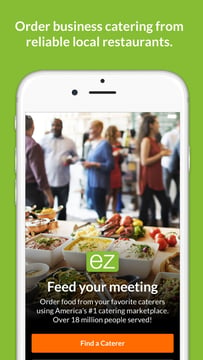
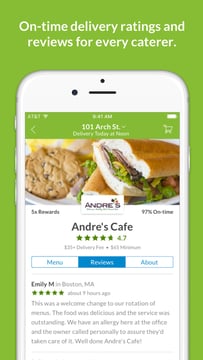

Age of Learning
Hypergrowth strategy: Seeking partnerships to expand global footprint.
Age of Learning is an online service that provides children at ages 2-8 with comprehensive learning resources. Since its foundation in 2007, the startup has been following a sustained growth strategy, where it established dominance in one age group and then enhanced its offering for another age category. To seize valuable Asian markets, the company has joined forces with leading Japanese and Chinese content platforms. Age of Learning’s flagship product, ABC Mouse, is a subscription-based platform that provides access to over 7,000 learning resources for kids. As of April 2020, it has over one million paying subscribers.
Website: https://www.ageoflearning.com/
Industry: Online education
Year established: 2007
Valuation: >$1 billion
Size: 300-500

Monzo
Hypergrowth strategy: Addressing the evolving needs of the new generation of consumers.
Funded from “the quickest crowdfunding campaign in history,” Monzo has been one of the very first challenger banks in the UK market. From the very start, the app-based fintech was pursuing its mission of making banking accessible to Millenials, who value convenience related to online and mobile services. To appeal to this new generation of consumers, the bank has replaced branch services with mobile banking and online community events, and introduced new offerings, such as bill-splitting or pay by phone service. Those efforts have clearly paid off; today, 40,000 new customers subscribe to Monzo each week.
Website: https://monzo.com/
Industry: Banking
Year established: 2016
Valuation: $2.5 billion
Size: 1,500-1,700
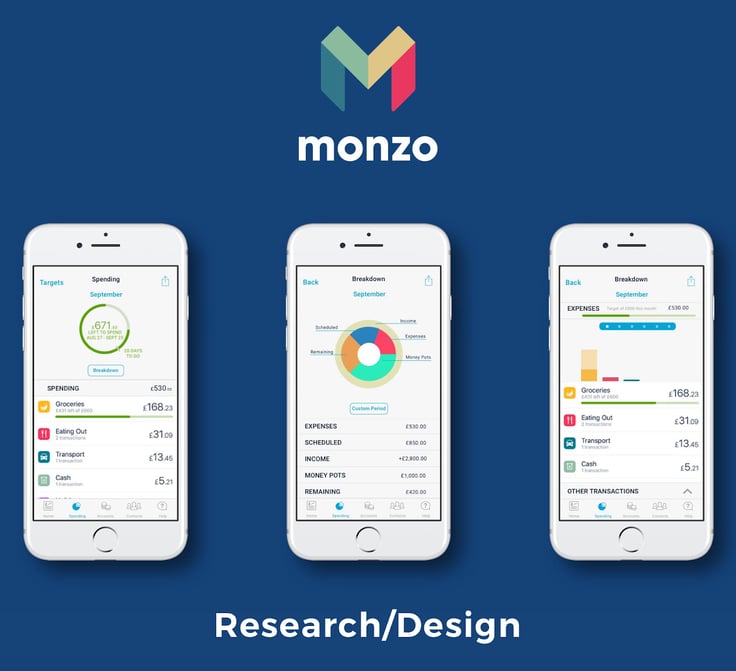
Propel Your Startup Into Hypergrowth
Hypergrowth isn’t a given, and while countless startups are striving to achieve it, only a fraction will succeed in the endeavor. However, getting there is much easier when you follow a well-thought-out strategy and use the support of the right people in the right roles. We’ve assisted dozens of startups in sourcing world-class talent to fuel their growth, and we’re eager to fast-forward your transition to a smooth growing period, too. Interested? Simply get in touch with us!











